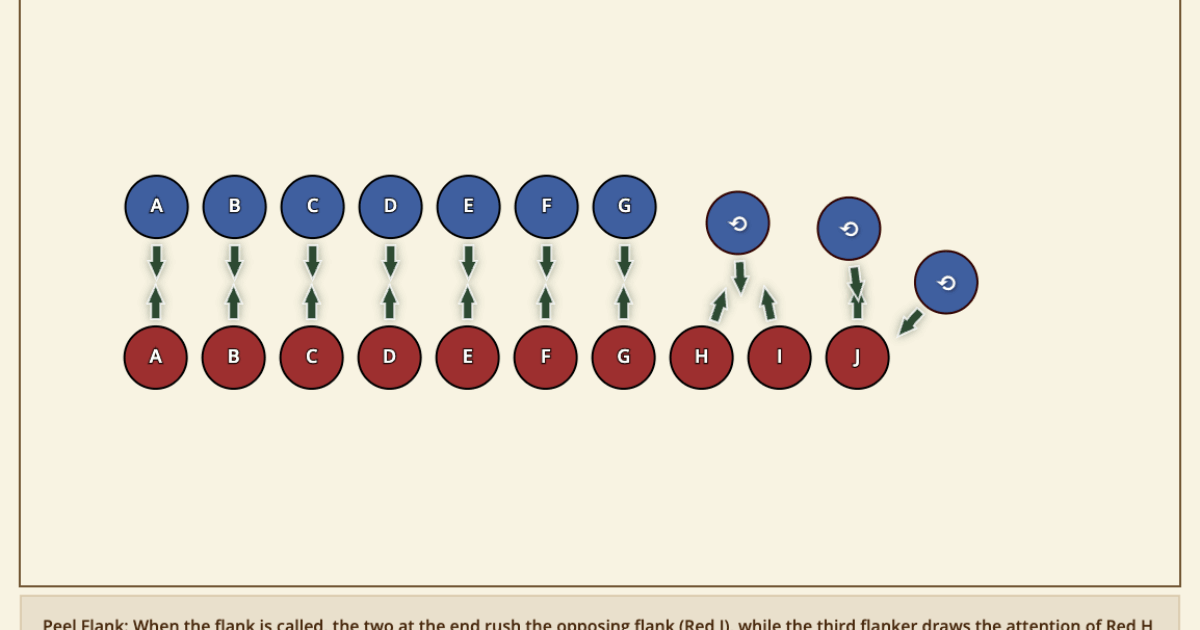A long sword is a sword with it’s length at or above 40 inches. This gives you a significant advantage at range. Though they tend to be heavier, and harder to wield, especially in close quarters. They are very beneficial on the battlefield especially in line fights, or wall of swords, and even kill pockets. Being able to kill your opponents at a range where they can’t kill you can significantly change how a battle goes.
Points of safety
Long swords are longer than your normal swords. Be sure to test your range at least when you pick up the sword, and if it’s really new to you, in between every fight. Long swords tend to wear out your arms faster as well. Fighting when your arm is exhausted and using your body to throw shots is something that should never happen.
- Remember Range: A long sword is longer. Adjust your range accordingly. A few inches may not seem like much, but it makes a big difference.
- Utilizing Safe Attacks: We don’t want to be using our shoulder or body to throw a shot. Make sure you have the muscle strength to use a longsword.
General Points
Long swords are typically used differently than short swords. Try not to talk with the blade as much. You have a longer reach with a longsword. Keep your opponent feeling threatened, and where you can kill them, but they can’t kill you. You can also try different grips to be able to offset the weight/balance difference.
- It’s a long, not a short: A long sword does not lend itself to the same style as a short sword. You can’t fight the same way with either sword.
- Keep your opponent back: Maintain a good distance from your opponent. Keep your sword free and pointed at your opponent. If they move in, retreat or threaten them.
- Snipes: The moment someone enters your range, float your tip forward quickly for a strike. Don’t engage with the sword or address their blade. Don’t blow their brains out.
- Compensate for the weight: Long swords tend to be heavier than short swords. Your arm will get tired faster, so learn to hold your sword down low or up high to give your arm a break.
- Fighting against a long sword: Take control of their blade and then close range quickly. If they close distance on you, use a block/attack combo.
Training Ideas
- Practice the new range: Strike an inanimate stationary target until you understand the range of a long sword and how to properly gauge your shot.
- Work your arm out: Work out your arm so you can carry the weight of a long sword easier. Practice writing your name with the tip of your sword at full extension while maintaining the weight of the blade in your back.
- Keep them back: At half speed, work with a partner to determine long sword range as you both move in and out. Practice sniping, slowly.
Assessment
- Safely Adjusting Range: Fencers should be adjusting to where they are standing in a fight to adjust for the difference in length of blade.
- Ability To Throw Shots Safely: Along with the range, the fencer should be attacking safely. Not using their body or shoulder to attack. A fencer should be able to get through at least 3 duels consecutively before even thinking about using a longsword in a melee.
- Adjusting Fighting Style: There should be change in how the fencer is fighting to utilize the advantages, and mitigate the disadvantages of using a long sword.

